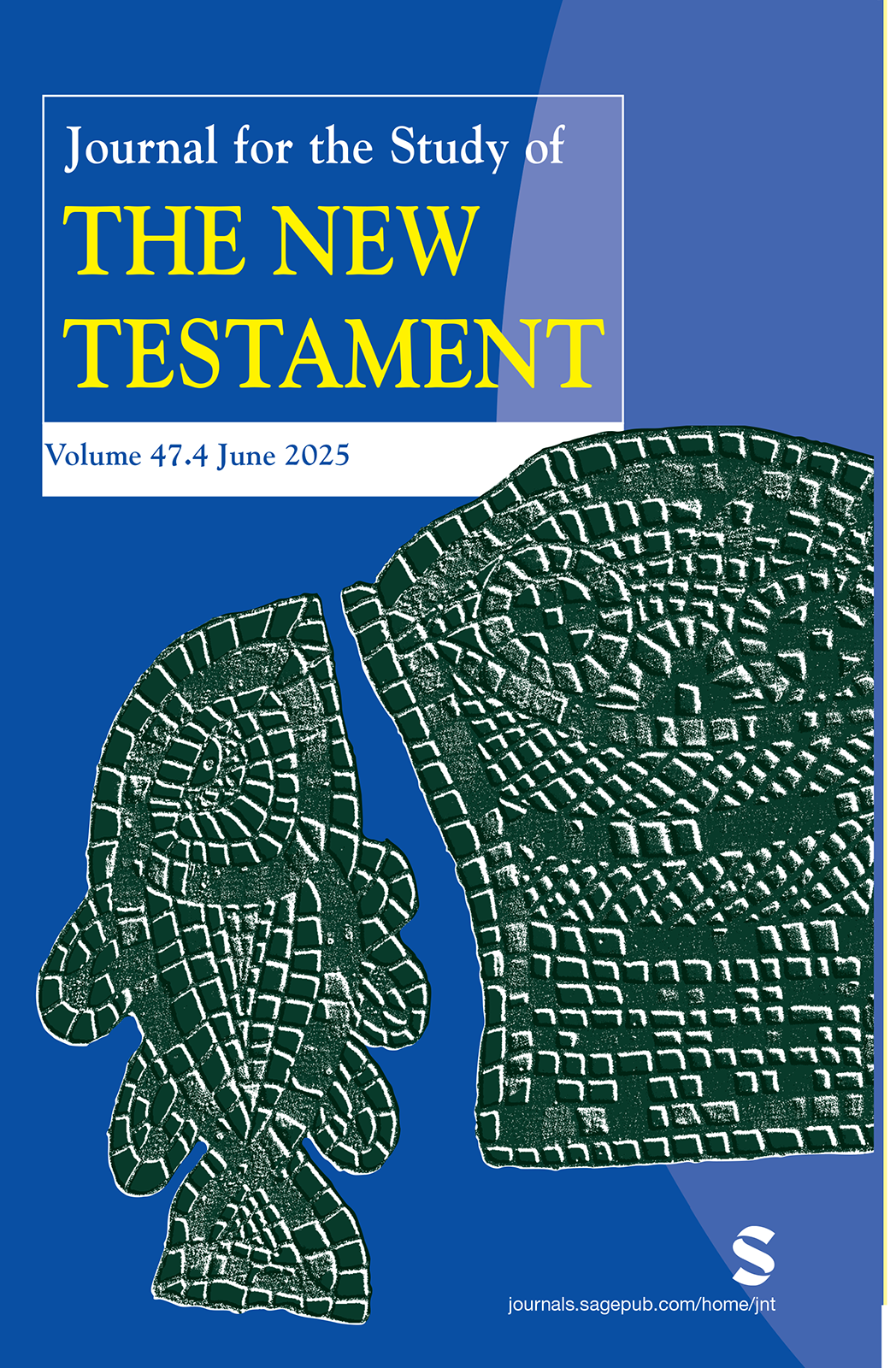현재 국제 성서학계에서 학자들의 꾸준한 관심을 모으고 있는 연구 분야 중하나는 초기 기독교의 신적 또는 선재적 기독론의 기원과 발전이다. 초기 기독교가 십자가의 치욕적인 죽음으로 생을 마감한 나사렛 예수를 신적인 존재일 뿐만 아니라 유일무이한 하나님과 함께 태초부터 선재(先在)한 존재로믿게 된 것은 가히 불가사의한 일이라 하지 않을 수 없기 때문이다. 어떻게엄격한 유일신사상의 배경에서 성장한 초기 기독교인들이 한 인간에 불과한나사렛 예수를 신적인 존재로 믿게 되었는가라는 질문은 많은 학자들의 관심을 끌기에 충분했다. 그 동안 학계의 일치된 견해는 고대 이스라엘이 주변국들의 다신론적 신앙과 문화속에서도 오직 그들의 하나님만이 유일하게 천지를 창조하고 만물을 통치하는 하나님임을 굳게 믿는 소위 배타적 유일신사상을 가지고 있었다는 것이었다. 그러나 주목할 만한 것은 최근 학계에서이 견해가 더 이상 합의된 결론이 아닌 뜨거운 쟁점이 되고 있다는 것이다. 이러한 논쟁의 일환으로 W. Horbury와 J. Schaper와 같은 학자들은 구약성서의 메시아적 본문들에 나타난 지상적 메시아 상이 70인역(LXX)과 다른 유대문헌에서 천상적 메시아 상으로 발전된 것을 근거로 이미 제2성전기 유대교내에 선재적 메시아사상이 존재했다고 주장한다. 이들은 선재적 메시아사상으로 인해 제2성전기 유일신사상은 이미 포괄적인 성격을 지니게 되었으며예수에게 신성과 선재성을 부여하는 초기 고(高)기독론의 초석이 되었다고주장한다. 본 논문의 목적은 Horbury와 Schaper의 논증을 면밀히 분석하고비판적으로 평가하는 것이다.
Today an area which has attracted a great deal of scholarly attentionamong biblical scholars is the origins and development of the earlyChristian view of Jesus as a divine and pre-existent being. The earlyChristian conviction that Jesus of Nazareth, who suffered a shamefuldeath on the cross, is divine and pre-existent alongside one God wasindeed a very remarkable development. How was it possible for thepious Jews of the first century, who had been brought up with a strongmonotheistic belief in one God, to accord such a unique status to Jesus?Traditionally, it has been agreed that despite polytheistic beliefs of itsneibouring countries, Israel held a strongly monotheistic conviction aboutthe only God Yahweh, whom they worshipped as the only Creator andSustainer of the universe. However, among those scholars who attempt tofind a Jewish precedent for the origins and development of early highchristology within pre-Christian Judaism this is no longer a scholarlyconsensus but has emerged as a controversial issue. As part of the scholarly debate, W. Horbury and J. Schaper arguethat a number of messianic texts from the Pentateuch in the LXX andother Jewish literature portray a messianic figure with exaltedcharacteristics, and suggests that it is possible to find the idea of apreexistent messianic figure in Second Temple Judaism. The purpose ofthis paper is to carefully examine the arguments advanced by Horburyand Schaper and to offer our critical assessment of them.






